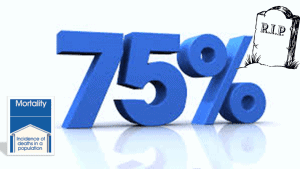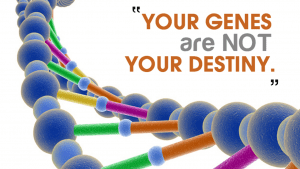Chiropractic subluxation leads to immobilisation of spinal joints. These joints are richly concentrated with the nerve receptors that ‘instruct’ the brain where the body is in space – the literally give the brain perception of YOU.
When we think of immobilisation the image in our mind is usually something related to the larger joints or large areas of the body, perhaps someone bed-ridden or kept in a plaster cast – often as a result of a significant traumatic injury or following some type of surgery.
This is of course a SIGNIFICANT form of immobilisation.
Such immobilisation can be associated with a range of potentially challenging ‘sequelae’ or outcomes/symptoms due to the immobilisation itself.
Efforts are made to reduce these outcomes, and get people back to weight-bearing as soon as possible to reintroduce the forces of gravity and use and help the immobilised area heal properly.
Then the key is to reintroduce movement through rehab processes to get full and free movement back to the joint if possible.
It is also equally true to say (and rarely understood) that movement deficiency of individual spinal joints represents a very serious form of immobilisation.
We say ‘very serious’ because unlike an obvious cast or being bed-ridden, these smaller joints often remain immobilised (or partially immobilised) as a result of Vertebral Subluxation Complex, and in most cases, this occurs without overt symptoms for a long period of time.
The same negative effects to the joint components and the tissues around the joint can and do occur consistently, and this is one of the reasons bony ‘change’ (often dismissed as ‘wear and tear’) is so common, in just SOME areas of the spine, not throughout.
Some of the effects of immobilisation on joints include:
- JOINTS – increased compressive loading on joint surfaces, can lead to cartilage damage; shrinks joint capsules (contracture) reducing range or quality of motion; leads to fibrosis – scar formation between joint components.
- LIGAMENTS – lowers failure or yield point – makes it easier to tear or sprain with trauma (less resilient to ‘normal’ traumatic forces); decreases oxygen, glucose and proteoglycans, vital structural/repair elements; decreases the thickness of individual collagen fibres.
- BONE – decreases bone density; forms bone spurs; eburnation – the thickening of bone at site of immobilization/injury
- MUSCLE – decreased ability to burn energy; decreased number of functional muscle units; decreased muscle size (atrophy)
It makes NO SENSE to allow ANY joint of the body to remain in an immobilised state!
Seeking a chiropractic assessment can identify if you do have immobilisation effects resulting from Subluxation.













